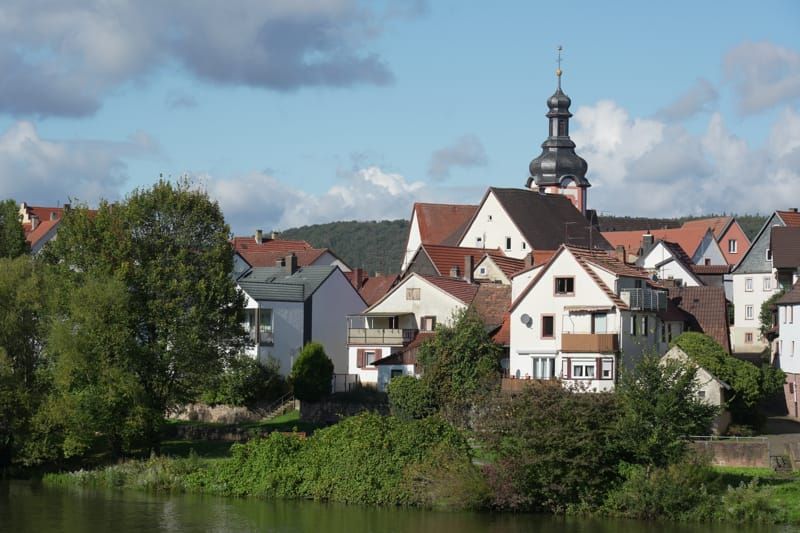River cruising is a great way to see many parts of the world. The great rivers of Germany are no exception. And so I boarded a large river cruiser in the company of a hundred other guests for a leisurely cruise along the river Main from Mainz to Nuremberg. The vessel was essentially a floating hotel and served food, educational talks and good wines and beers for the several days duration of the cruise. The experience was a chance to see more of the medieval European architecture which I admire.
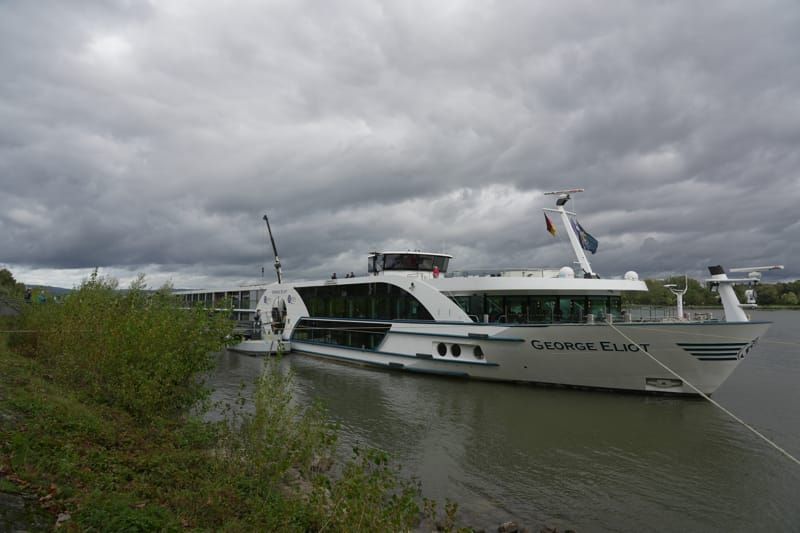
One problem with cruises is that one gets little opportunity to see things in depth, as one can only spend a few hours in each town or city before the ship sets sail for the next place on the itinerary. If one wants to look into a place in depth it is better to stay there in a hotel and spend a few days thoroughly exploring it.
Mainz
Our first stop was Mainz itself, a small German city with some impressive architecture and culture. One would not know it, but Mainz was founded by the Romans in the 1st century BC because of its strategic location where the great river Rhine is joined by the river Main. It was an important Roman town for 500 years.
Mainz's most famous son, Gutenberg, invented the printing press with movable type in about 1439, which revolutionised life in Europe and facilitated the Renaissance, as it made books and the ideas within them more available. With books and ideas spreading, religious fundamentalism began to lose its hold on Europe and classical attitudes toward enquiry and discovery prevailed. Alas Gutenberg himself was declared bankrupt, but his bible printed in 1452 was the first book printed with movable type in Europe.
Mainz has two fascinating churches - St Martin's Cathedral which is over 1000 years old and St Stephan's Church with its famous Chagall windows. I have always been a Chagall fan so I liked his designs and the wonderful blue light that came from them.
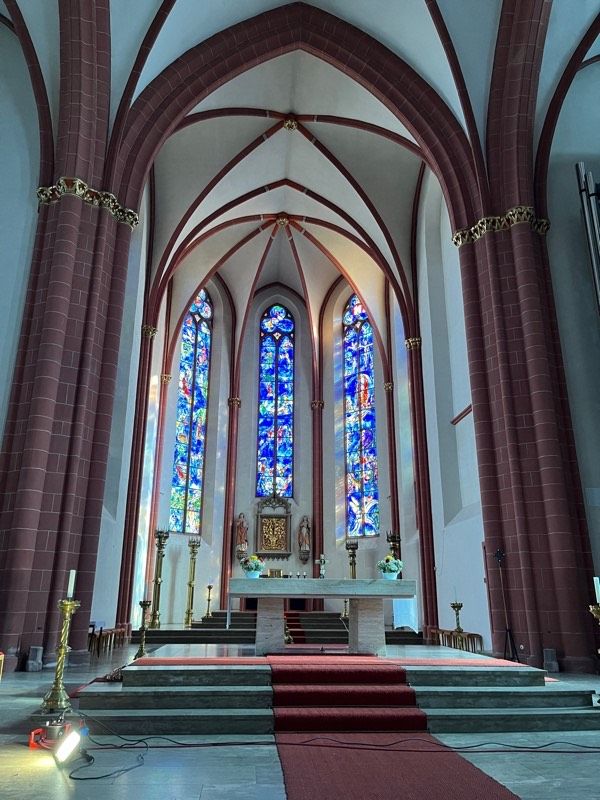
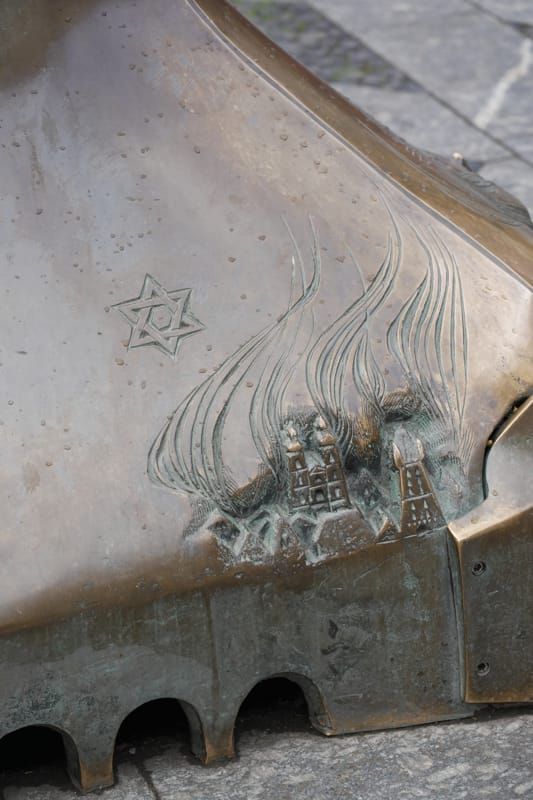
Miltenberg
Next an overnight cruise to the riverside town of Miltenberg in Bavaria. Here the town centre is a medieval architecture paradise with many timber framed buildings founded on the rich local sandstone deposits. Some of the oldest buildings in Germany are here, and they are all in use. The town has two great gates which frame its oldest parts.
Wertheim
Our next stop was in Wertheim, a German town on the river, with a rich history of architecture and alas flooding. A former residence of the Counts of Wertheim, it still has their 12th century castle. In the 17th century it was significant in the Holy Roman Empire's schism between Catholic and Protestant churches. Now the town features pretty cobbled streets and a variety of timber framed medieval buildings. We heard of a few local legends involving 'hot' maids and buildings burning down.
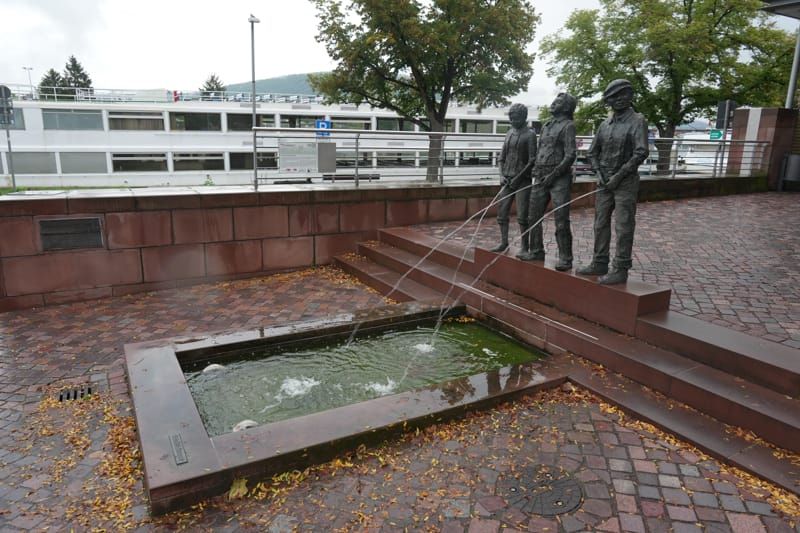
Germans and Britons are distantly related peoples and I noticed many similarities in dress, fashion, architecture and culture. I also noticed many differences. The American cultural influence is strong here as it is in Britain.
Wurzburg
Wurzberg has a huge palace which was built in 1720 by one of its prince-bishops to rival Versailles. It does a pretty good job. It also features the largest fresco in the world by Giovanni Tiepolo. There are many other sights including a rococo chapel high on the steep hills which line the river Main and the ancient Marienberg fort which was rebuilt in baroque style in the 17th century. During this time there were also notorious 'witch trials' where many hundreds of people were burned alive.
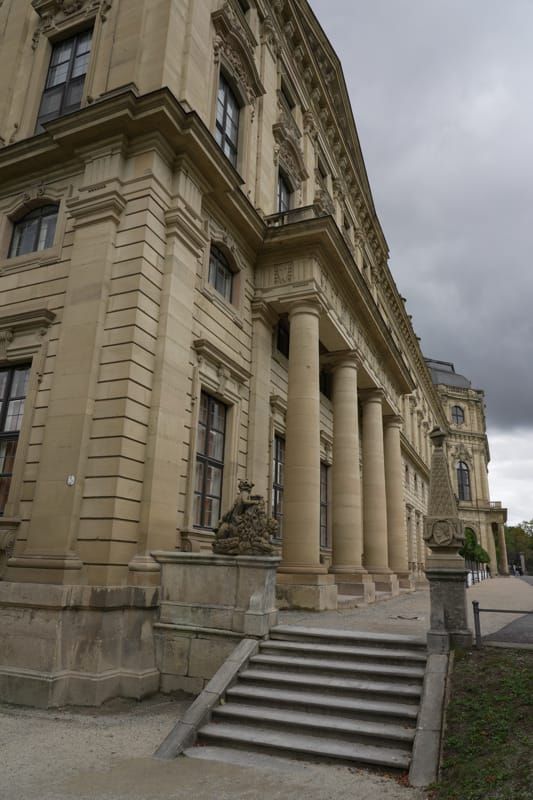
Wurzburg is also a lively city where people party on its medieval bridges.
Rothenburg on the Tauber
Rothenburg is a city often romanticised in German culture. It certainly is a beautiful city with many outstanding medieval buildings. Apparently it has 42 gates and towers. Once Germany's second largest city it now attracts vast numbers of tourists. It was almost razed to the ground in 1631 but was saved by the local mayor.
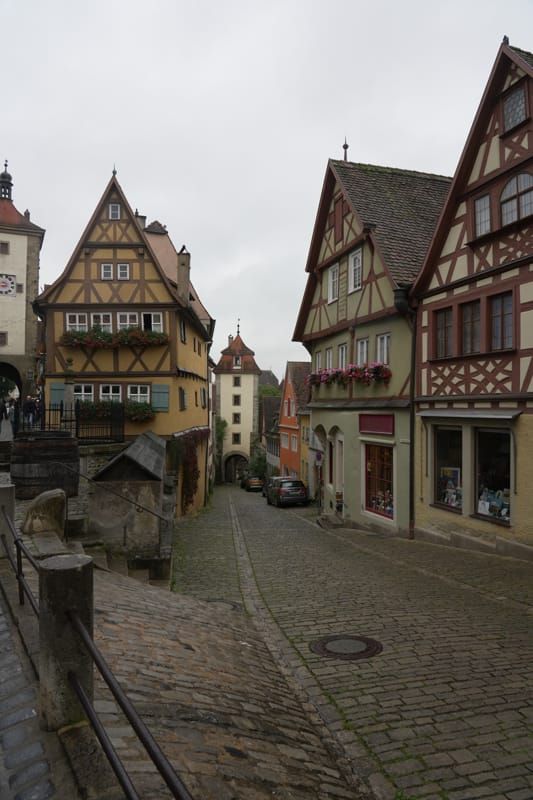
Ochsenfurt
This small fortified city has intact city gates and towers, and an impressive catholic church with a famous altarpiece. In its time the city has hosted several kings with Richard the Lionheart being imprisoned here for a while.

Bamburg
Unlike some of the other cities mentioned in this article, Bamburg was not destroyed in the Second World War, and thus nearly all of its historic buildings are authentic from medieval times. The city is hugely popular with tourists and it was difficult to get photographs of some of the most beautiful buildings without half of Western Europe being in them!
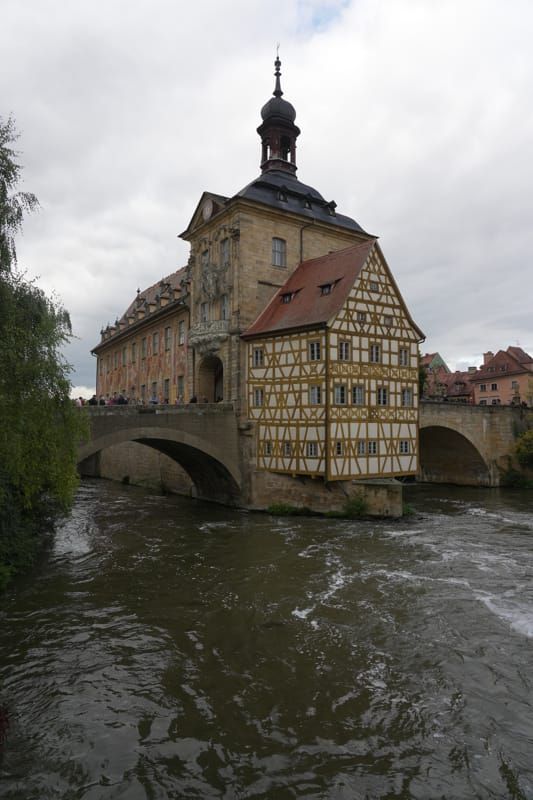
Nuremberg
During the Nazi era Nuremberg became infamous for political rallies at which Hitler would expound his madness to a willing audience mostly comprised, so the local tourist guide tells us, of young men. The Nuremberg Nazi open air arena is huge in scale even after some of it has been demolished to discourage modern neo-Nazi pilgrims. It was designed by Albert Speer apparently. Now part of it is used as a youth football ground. That is ironic as football is a game which brings people together. The Nazi arena was a place where a strategy was presented to brutally divide and even exterminate the peoples of Europe.
After a brief visit to the Nazi arena there are thankfully other things to see in Nuremberg. A particularly beautiful church borders the market place. The castle is impressive and so is the remaining medieval architecture.

Albrect Durer's house is almost a work of art in its own right. Our cruise guide, not to be confused with the local city guide, described Durer as 'Germany's Picasso' which is something of a poor understanding since Durer and Picasso were of different eras. Comparing them is like comparing Plato with Chomsky or Aristotle with Stephen Hawkins. It was nice to see the respect that the city guide had for Durer, a man whose sheer skill as an artist was awesome.
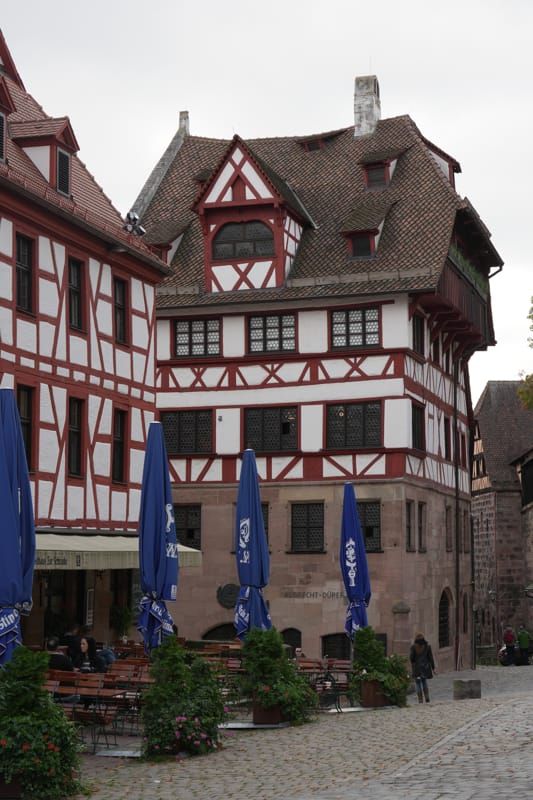
So that was my cruise along the Main river.
